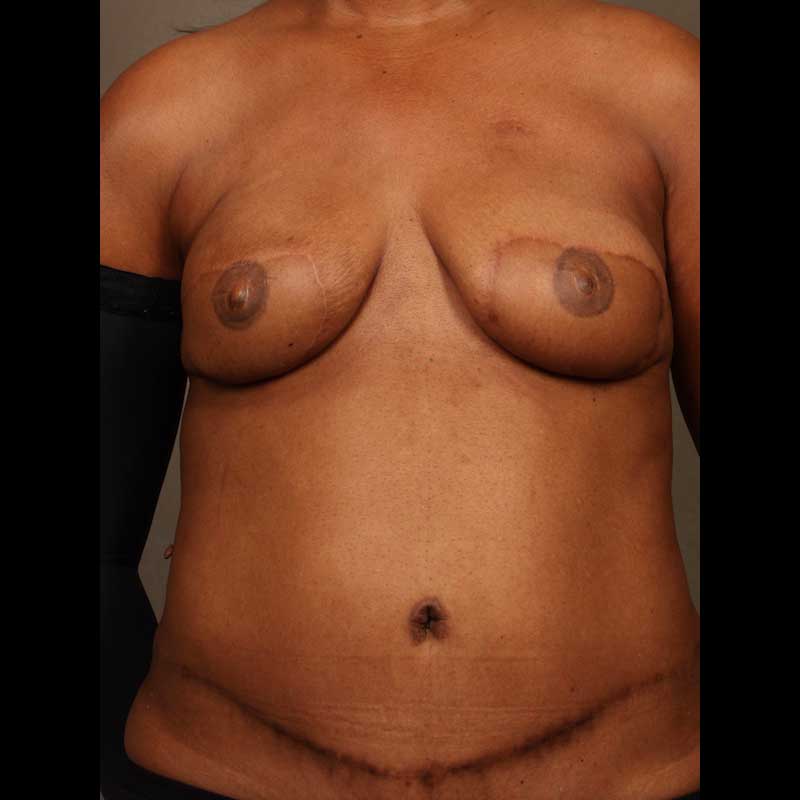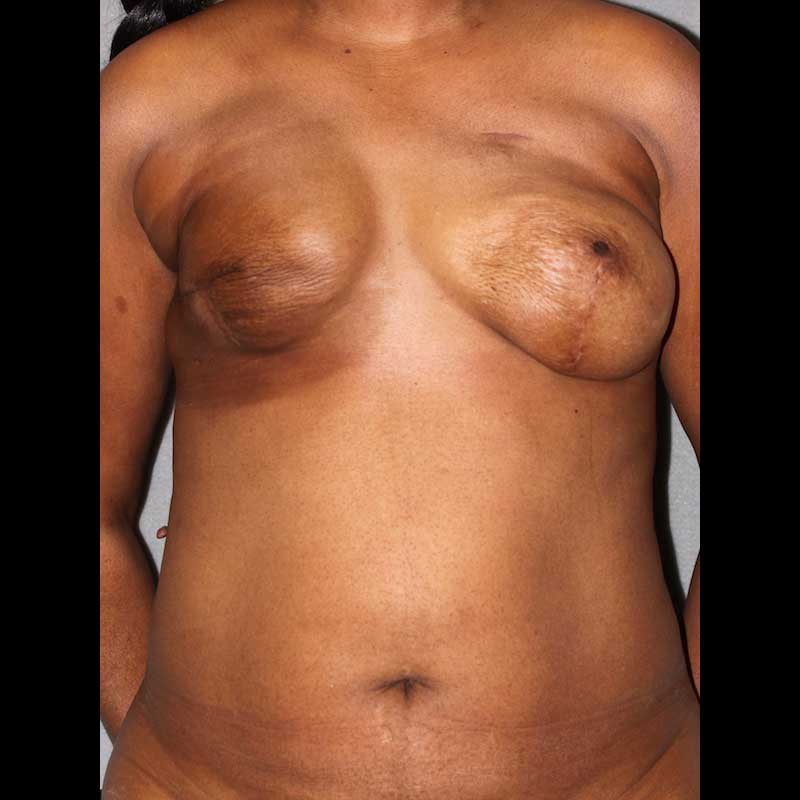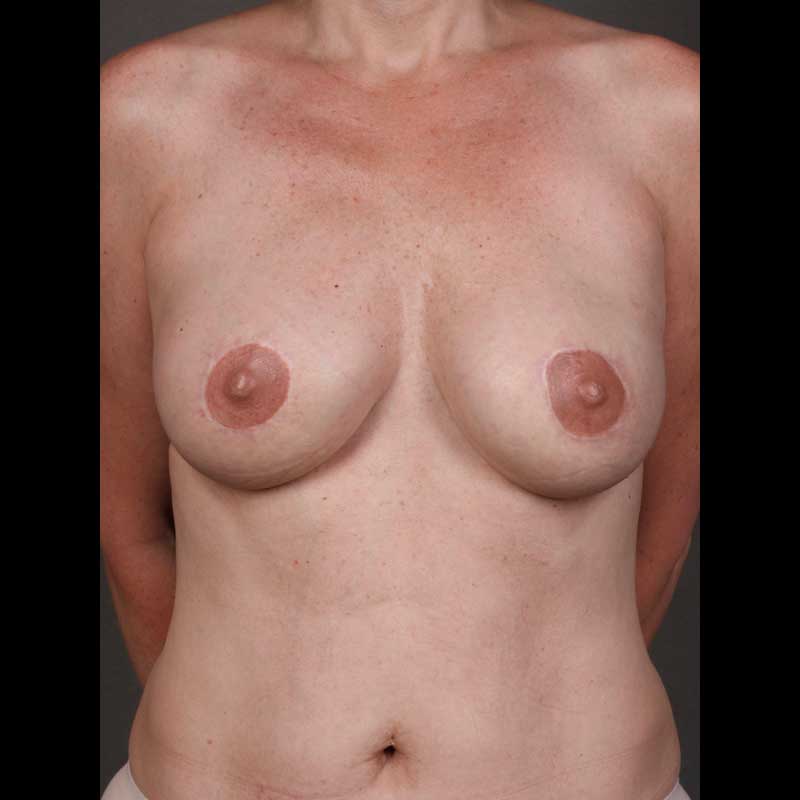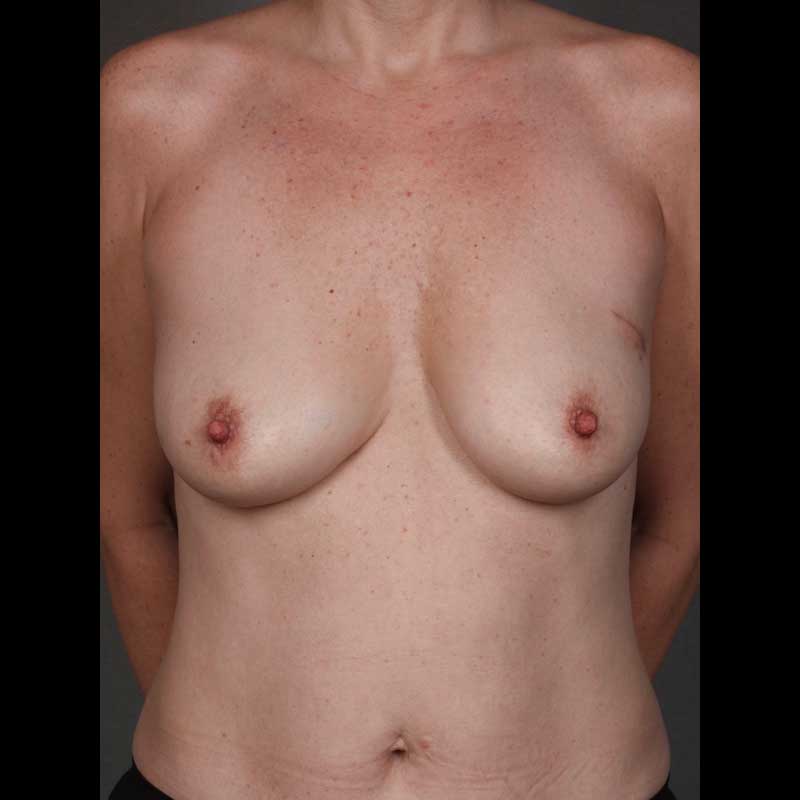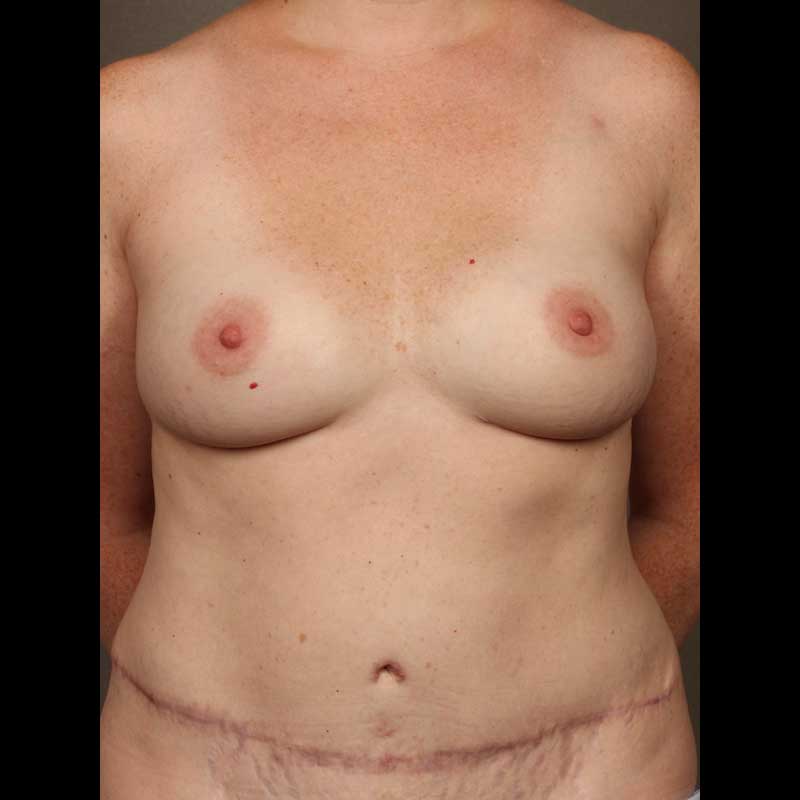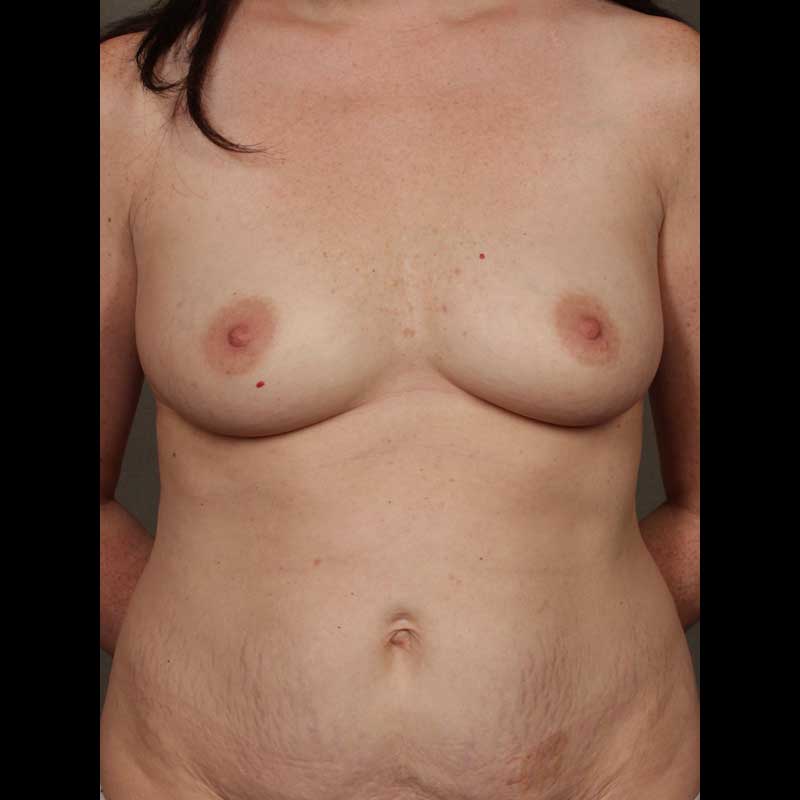Summary
Using microsurgical techniques and an operating microscope, highly skilled plastic surgeons can connect small blood vessels to establish blood flow to living tissue. Microsurgery thereby allows the transplantation of a flap of tissue, which is called a free flap, from one part of the body to another.
Perforator surgery has revolutionized breast reconstruction by allowing surgeons to transfer free flaps of skin and fat while preserving muscle. When elevating perforator free flaps from various areas in the body, our surgeons select the best perforator vessels that feed each flap. These perforator free flaps can then be transferred to the mastectomy defect, where the blood vessels are connected using microsurgery techniques.
Types of procedures
- DIEP flap: In DIEP flap reconstruction, skin and fat from the lower abdomen is elevated as a flap while the abdominal muscles are left in place.
- PAP flap: The PAP flap involves the transfer of excess upper-inner thigh skin and fat for breast reconstruction in patients with insufficient abdominal fat.
- LTP flap: The LTP flap allows the transfer of excess upper-outer thigh fat (“saddle bag” area) for breast reconstruction.
- DCIA flap: Excess skin and fat from the hips can be transferred for breast reconstruction using the DCIA flap. This is usually done in combination with a DIEP flap as part of a SHAEP flap.
Procedure details
- CT angiogram before surgery can help identify perforator blood vessels
- Surgeon elevates a flap of skin and fat while preserving muscle
- Careful microsurgical technique allows separation of the perforator vessels from the underlying muscle
- Flap is then transferred to the mastectomy defect
- Under an operating microscope, flap blood vessels are connected to blood vessels in the chest
- Area where the flap was taken is repaired, typically resulting in an improved contour at the donor site
Risks & Benefits
Any microsurgical free flap procedure carries a small risk of flap loss if there is disruption in blood supply after surgery. The risk of this happening depends very much on the surgeon’s training and level of experience. The surgeons at NYBRA Plastic Surgery are nationally recognized experts in perforator flap breast reconstruction and have performed thousands of these reconstructions with a flap success rate of greater than 99%.
A major advantage of perforator flap breast flap breast reconstruction is that muscle is not removed with the flap. This allows surgeons to preserve function at the flap donor site and provides for a faster recovery after surgery.
Frequently Asked Questions
How do I know if I am a candidate for perforator flap breast reconstruction?
Most women who have loose skin and fat in the lower abdomen and thighs may be candidates for perforator free flap breast reconstruction from these areas. If you are considering breast reconstruction, our team of plastic surgeons can help you decide if any of these procedures is right for your needs.
